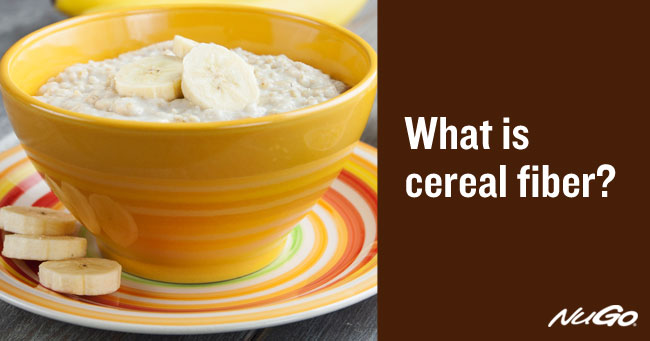New research out of the Harvard School of Public Health shows that, in a number of studies conducted throughout the years, people who ate higher amounts of cereal fiber had a lower risk of premature death from all causes. This includes a 34% lower rate of death from diabetes, and a 15% lower rate of death from cancer!
But living longer is not as easy as switching from eggs to cereal in the morning. When used in science, the word “cereal” is not synonymous with the stuff you pour into a bowl with milk. In this case, “cereal” actually means “grain.” The Harvard report states:
Grains, also called cereals, are the seeds of plants cultivated for food. When whole, they include the germ, bran, and endosperm.
By this definition, many breakfast cereals are actually poor sources of cereal fiber! If a cereal is not made with whole grains, or contains less than 5 grams of fiber per serving, it is not considered a good source of fiber. Make sure to check the nutrition label on a box of cereal to see if it is up to high-fiber standards. The research shows that to experience the life-promoting benefits of cereal fiber, a person must eat at least 10.22 grams per day. If the cereal is high in sugar and low in fiber, look for a better option.
To add cereal fiber to your daily diet, focus on foods that are good sources of whole grains. Oatmeal is an excellent breakfast choice. There are also a number of breakfast-inspired Fiber d’Lish flavors to choose from, each of which provides a tasty mix of six whole grains and seeds.
To get your cereal fiber at a time other than breakfast, you can make smart swaps like choosing brown rice or quinoa over white rice, or choosing whole wheat pasta over white pasta. Millet, bulgur, buckwheat, and barley are some other great whole grains to look for.
For more helpful tips about how to identify whole grains and integrate them into your meals, visit the ChooseMyPlate.gov.

